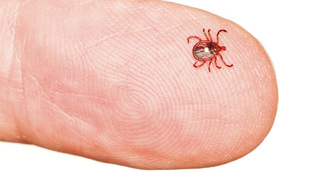 loading
loading
FindingsA Lyme puzzle pieceDead bacteria leave behind booby traps.  istockphotoView full image
The microbe that causes Lyme disease can continue causing trouble—even after antibiotics have killed it off, according to a recent Yale study. Yale researchers infected mice with the tick-borne, corkscrew-shaped bacteria called Borrelia burgdorferi, and then treated the mice with antibiotics. The bacteria—and therefore, the infection—disappeared, they found. But the dead germs left behind booby traps: proteins in the mice’s joints and near their cartilage. When the animals’ immune systems attacked the detritus, the result was inflammation. The findings provide a new twist on an old debate about why “up to 25 percent of [Lyme] patients treated early in the course of infection can experience protracted musculoskeletal symptoms of unclear etiology,” as the study says. In other words, patients continue to hurt, and the doctors don’t know why. Some patients and doctors believe those “protracted symptoms” result from a drug-resistant Lyme infection. But mainstream medical opinion, especially at Yale, holds that Lyme invariably yields to antibiotics if treated early. The new research—led by Linda Bockenstedt, a rheumatology professor at the School of Medicine, and published in the Journal of Clinical Investigation—suggests that some lingering symptoms arise not from chronic Lyme but from a post-infection condition.
The comment period has expired.
|
|